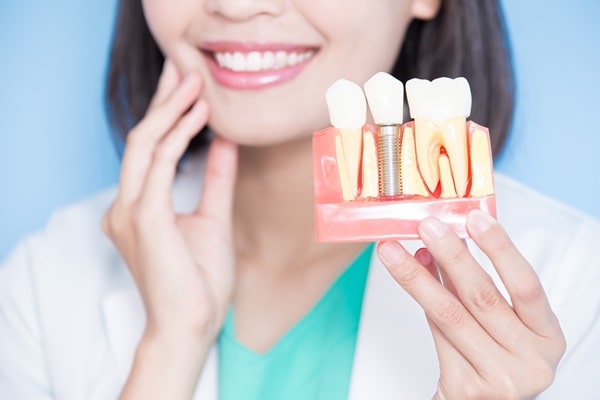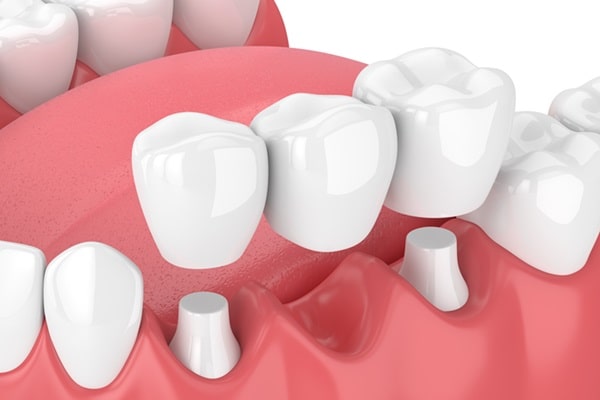Mercato Dental Centre
Restorative Dentistry in East Vancouver
Restorative Dentistry
Restorative Dentistry procedures are used to improve the look and function of the teeth by repairing and replacing damaged and missing teeth. Restorative procedures include dental implants and dental bridges to replace missing teeth and dental fillings and bonding to repair them.
Dental Bonding
If you have tooth imperfections, such as chips, cracks, or discoloration, you can improve the look of your teeth with dental bonding. Bonding restoration is a painless way to make minor repairs to your teeth. The process uses a tooth-coloured resin that is applied to the tooth, shaped, and cured. It is also polished, so it looks just like a natural tooth and blends perfectly in your mouth.
Dental Implants
Do you have missing teeth in your mouth and you’re not sure what to do? Missing teeth can make you feel self-conscious and affect your ability to chew properly and speak clearly. There are many options to fill gaps between the teeth, but if you’re interested in a long-term solution to tooth loss, consider dental implants.
Dental Bridges
When you have missing teeth, we recommend talking to your dentist about your options for dental restoration. Dental bridges are a popular method for restoring missing teeth so you can chew your food properly, speak clearly, and smile confidently.
Dental Fillings
When the outer white surface of the tooth starts to decay, bacteria can penetrate the dental pulp. This can result in a tooth infection. Dental fillings are important to repair and protect the tooth and prevent a serious infection from occurring.




